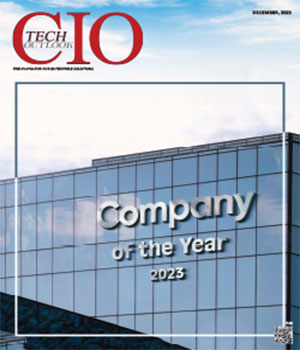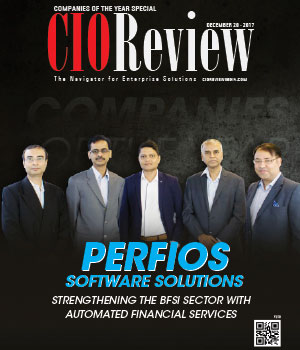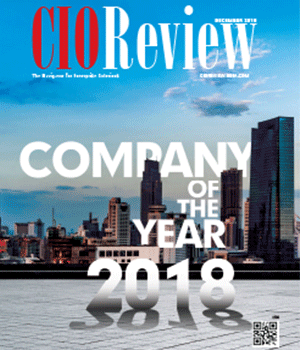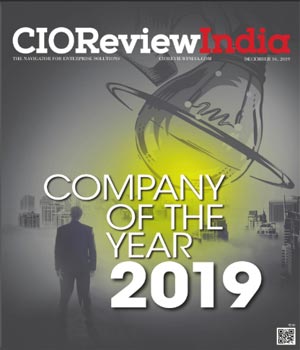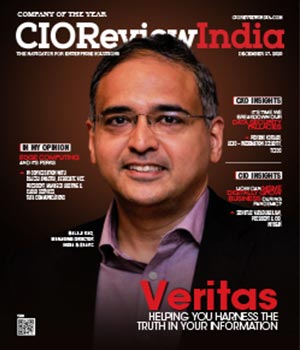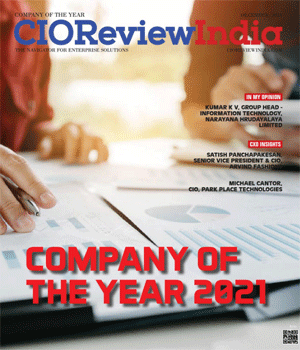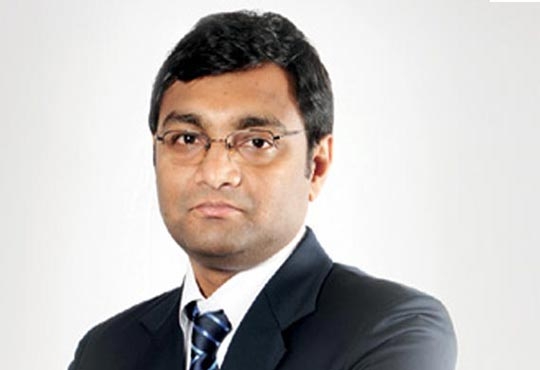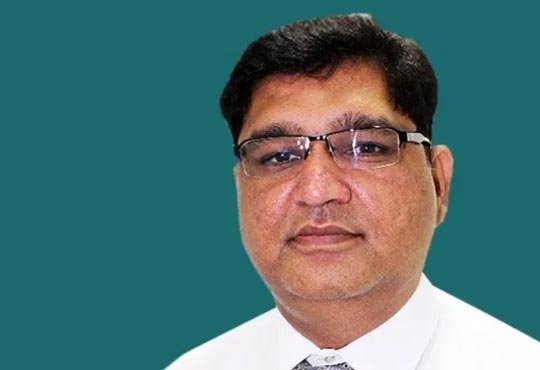
Enterprise Asset Management (EAM) for Improvement in Triple Bottom Line (3BL)
Niranjan Ajgaonkar, Enterprise Asset Management Specialist, Ramco Systems
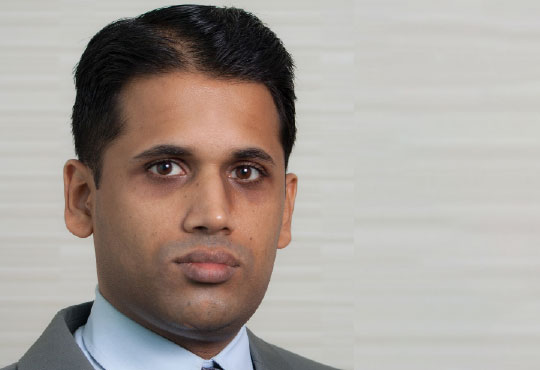 Triple Bottom Line (3BL) is a modern framework adopted by leading organizations to assess long-term consequences of operational decisions and evaluate performance from a broader perspective. It looks beyond the traditional commercial profitability and consists of 3 components:
Triple Bottom Line (3BL) is a modern framework adopted by leading organizations to assess long-term consequences of operational decisions and evaluate performance from a broader perspective. It looks beyond the traditional commercial profitability and consists of 3 components:
1. Social: This component revolves around the People and takes into consideration the impact on all stakeholders: employees, suppliers, customers, general population, or anyone and everyone who is influenced - directly or indirectly - by the actions of the organization. It includes aspects such as the following:
• Safety, well-being and welfare of stakeholders
• National/societal cost-benefit analysis based on the impact from the company’s operations
• Organizational needs, personal needs and community issues
• Social responsibility
2. Environmental: This component is focused on the Planet and takes into consideration the ecological impact of the company’s operations. It includes aspects such as the following:
• Sustainability
• Reduction in ecological footprint and environmental pollution
• Reduction and safe disposal of waste
• Reduction in consumption of energy and non-renewable resources
3. Financial: This component revolves around the Profit and takes into consideration the commercial efficiency of the company’s operations. It is based on factors such as the following:
• Cost of operations
• Working capital requirements
• Output and productivity
Enterprise Asset Management (EAM) is the management of asset maintenance and its integration with other functions in the organization. It is applicable to tangible, physical assets owned by an organization as well as third-party assets which the organization is responsible to maintain. It is the key to adoption of the optimum mix of reactive, preventive and predictive maintenance practices. It can lead to more effective and efficient maintenance practices and contribute to improvement in the following KPIs:
1. Availability of assets is improved through reduction in frequency of breakdowns, component failures, tooling damage, and unplanned maintenance.
2. Performance of assets is improved through reduction in probability of component jams and involuntary machine resets, as well as addressing the impact of equipment aging and tooling wear.
3. Quality of output from assets is improved through reduction in frequency of rejection and rework of machined components.
An effective and efficient EAM system is especially critical for asset-intensive industries and maintenance service providers. It can have a positive impact on the 3Ps (People, Planet and Profit) of 3BL as follows:
Social:
• Increased compliance to regulatory requirements
• Protection of social reputation of the company, through reduction in number of safety incidents
• Comfortable working conditions through lesser vibrations and fewer instances of overheating of machinery
• Lower probability of accidents and safety hazards due to reduction in instances of technical failures and malfunctioning of assets
• Improvement in maintainability of complex machinery and equipment, through standardization of maintenance processes and efficient utilization of maintenance resources
• Job enrichment through implementation of Total Productive Maintenance (TPM) which encourages operator participation in level-1 maintenance of machines
• Reduction in maintenance labor overtime due to better utilization of available resources
• Effective asset redundancy decisions based on historical maintenance analysis and social impact of outages
• Asset management guidelines and best practices for implementation of ISO 55000 Asset Management framework and ISO 31000 Risk Management framework
Environmental:
• Increased compliance to environmental norms, thus reducing the probability of related penalties
• Cleaner emissions and lesser air and water pollution due to better machine health
• Lesser noise and vibrations due to better machine condition
• Improved energy efficiency due to better machine effectiveness
• Reduction in waste and rework through improvement in asset performance and service quality
• Reduction in environmental risks from asset failure due to improved asset reliability and increased uptime
• Minimization of ecological impact of asset failures through faster response to maintenance issues
Financial:
• Reduction in asset lifecycle costs, leading to more effective usage of working capital
• Lower capital expenditure through cost-effective life extension of aged assets
• Reduction in procurement and operating costs due to effective planning of material, labor and other resources
• Lower maintenance costs through increase in percentage of planned maintenance activities and a better organized and effective maintenance organization.
• Increase in useful life of assets due to improved health
• Improvement in productivity and increased profitability due to better machine condition
• Higher availability and improved utilization of assets due to improvement in asset uptime
• Evolution of optimized maintenance strategy for cost-effective maintenance
• Improvement in accuracy of repair/replace decisions for assets
In today’s digital savvy environment, organizations have increased focus on protection of social reputation and compliance to regulatory requirements as well as environmental norms. Even minor incidents can cause irreparable damage to organizational reputation and may invite regulatory sanctions and penalties. An effective EAM system – the key to enhanced asset reliability, safety and efficiency – can assist in development and continuous improvement of an optimum maintenance strategy which can contribute to improvement in the Triple Bottom Line.
CIO Viewpoint
Why Foolproof Facial Recognition Is Key Against...
By Joseph Sudheer Thumma, Global CEO & MD, Magellanic Cloud
National Technology Day 2025: Powering Progress...
By CIOTech Outlook Team
Aligning IT Roadmap with Business Objectives: A...
By Subhash singh Punjabi, CISO & Head Enterprise Architecture, Deepak Fertilisers & Petrochemicals Corporation Ltd
CXO Insights
By DR. Makarand Sawant, Senior General Manager IT, Deepak Fertilizers and Petrochemicals Corporation Limited
The State Of Customized Lending
By Sean Hunter, Chief Information Officer at OakNorth
10 Common Types Of Malware And How To Combat...


